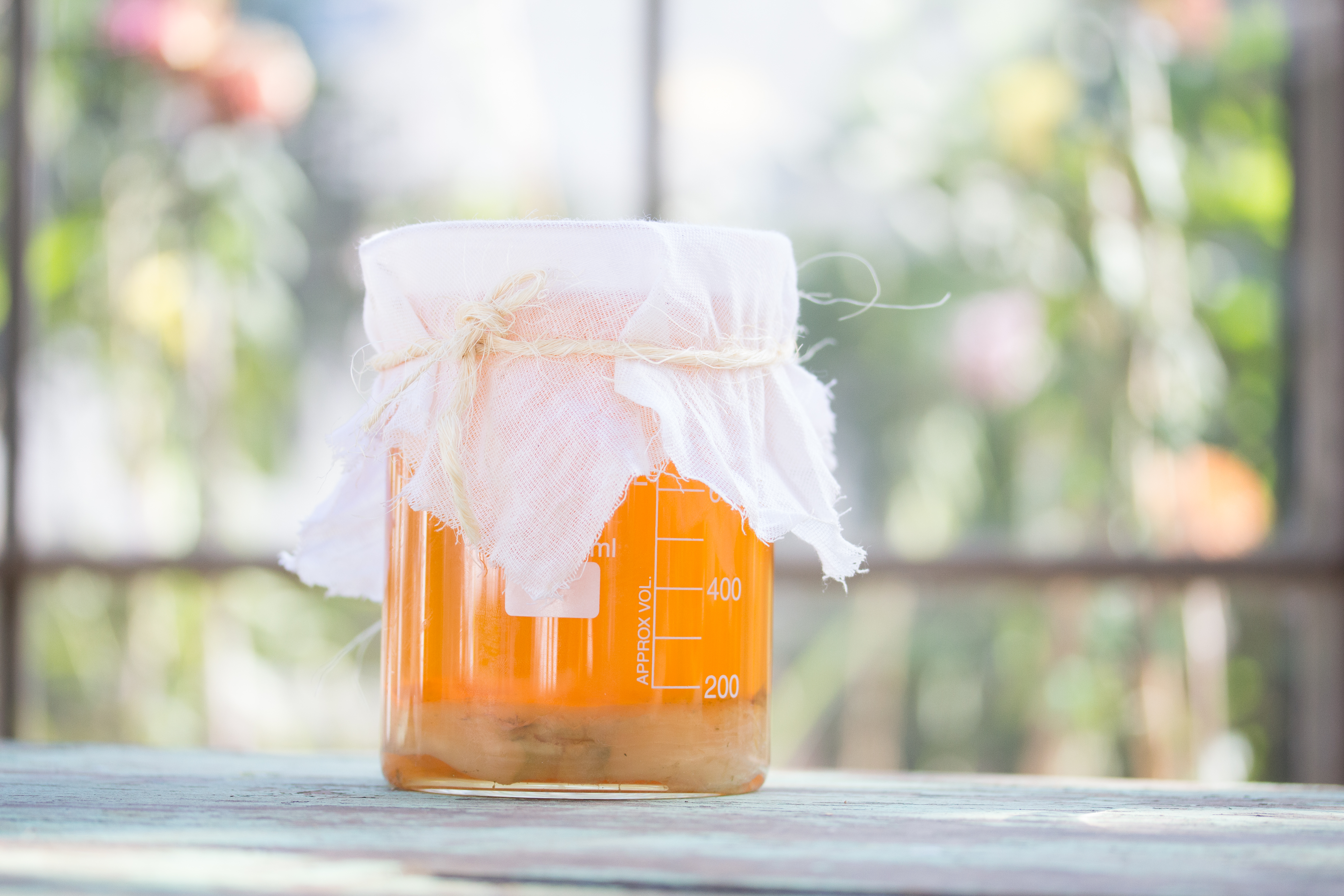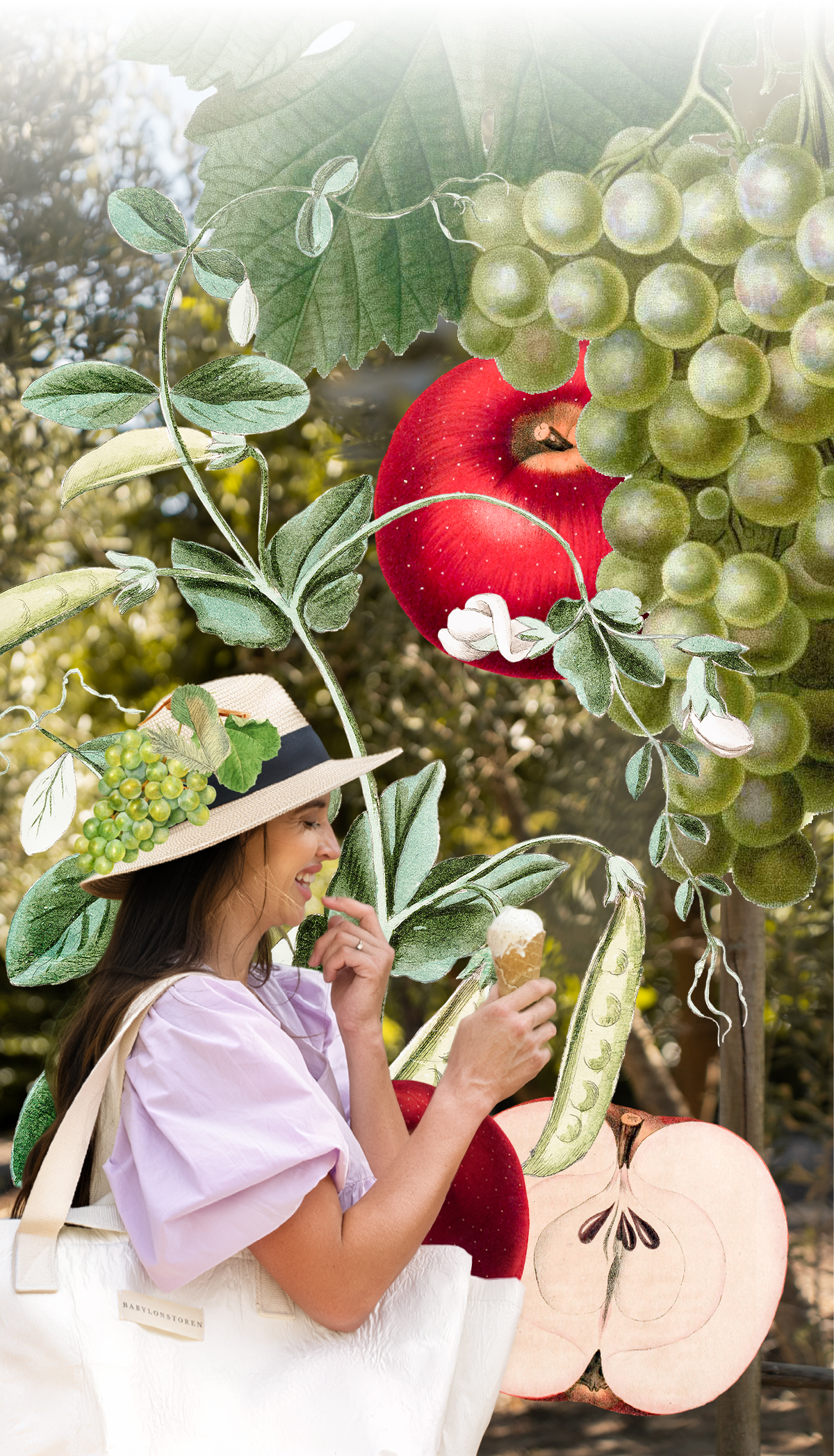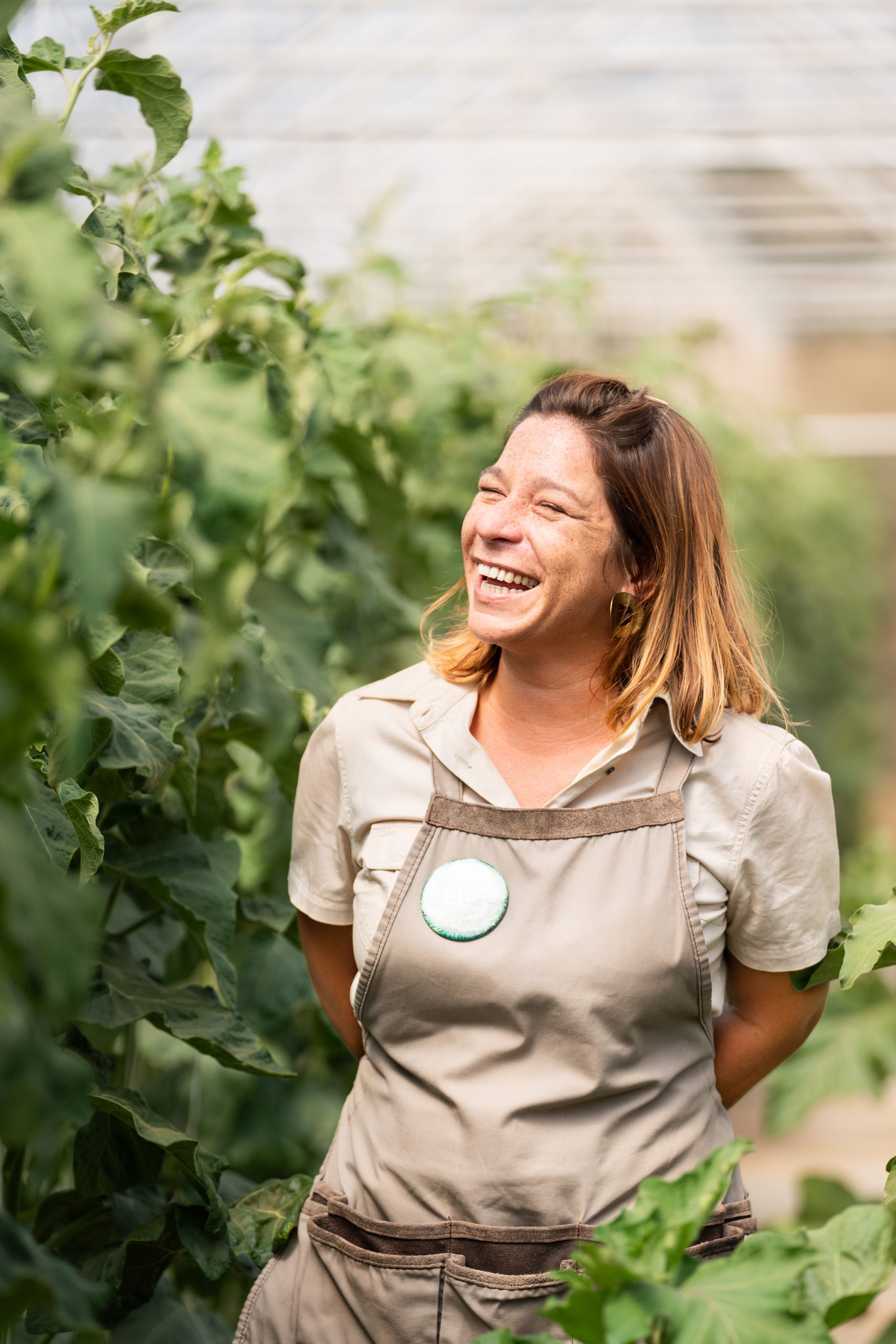Making Magic Tea
June 27th, 2016Although claimed by many, the origin of Kombucha remains a mystery. Most sources attribute this “magic tea” to the Chinese, dating back over 5000 years. We have to admit that a jar of fermenting Kombucha looks like a science experiment: however, the end-product is a deliciously refreshing drink with many alleged health benefits.
Derived from the Chinese word hongchajun, Kombucha translates as “red tea fungus” or “red tea mushroom”. The name describes the symbiotic colony of bacteria and yeasts, also known as the “scoby” or mother. This is what gives the tea its healthy qualities and interesting taste. In our over-sanitised environment with an excessive use of antibiotics, these beneficial bacteria, enzymes and acids can help to keep our innards in balance. The beverage brims with probiotics and antioxidants, and is said to assist with:
- Arthritis
- Liver detox
- Improved pancreatic activity
- Increased energy
- Better digestion
- Anxiety and depression
- Nutrient absorption
- Candida prevention
To make this effervescent drink, Gundula explains:
You will need
- A sterilised 1.5-2L jar (depending on how much Kombucha you want to make)
- 2-3 bags of ordinary black or green tea
I usually avoid caffeine and enjoy experimenting with different herbs. My favourite is Babylonstoren home-grown rooibos. Adding a slice of ginger to the jar during the fermentation process adds zing. Alternatively, a pinch of hibiscus with a handful of rose pelargonium makes for a pink pick-me-up.
- 1-2 litres freshly boiled hot water
- A disk of “scoby” (mother). This can be bought online or from good health shops.
- 40-60g of white sugar
- A muslin or cheesecloth & some string to tie
- A container to store the “scoby” after usage
Steps to make Kombucha
- Ensure that your equipment and hands are clean before starting
- Fill a sterilised jar with freshly boiled water
- Add the tea bags and remove after 2-4 min (depending on how strong you like your tea)
- Dissolve the sugar in the tea. (Sugar merely feeds the bacteria and does not have a direct influence on the taste.)
- Make sure that the tea has cooled down before adding 10% original growing liquid to the mixture, followed by the mother
- Thoroughly cover the jar with a muslin cloth and store in a cool corner, away from direct sunlight
- Taste the Kombucha after 3-5 days, testing till you get the desired strength. Keep in mind that warm summer weather speeds up the fermentation process, whereas winter slows things down
- Bottle and refrigerate the Kombucha, always keeping back the mother and a little bit of original growing liquid for your next batch
- Store the mother in a container in your refrigerator and regularly feed with a little bit of sugar to keep those enzymes active. When going away, don’t despair, she’ll happily slumber in the fridge until your return.
See how to do it here:





